What is Xeno? It’s strange. And we’re not just making the tired and too-obvious pun. Is it a series? Yeah, and also nah. Is it a franchise? Yeah, and also nah. It’s a meta series, as creator Tetsuya Takahashi first created Xenogears for Square with botched plans for more than one game, then created Xenosaga for Namco with botched plans for more than three games, and finally hit paydirt for Nintendo with Xenoblade Chronicles.
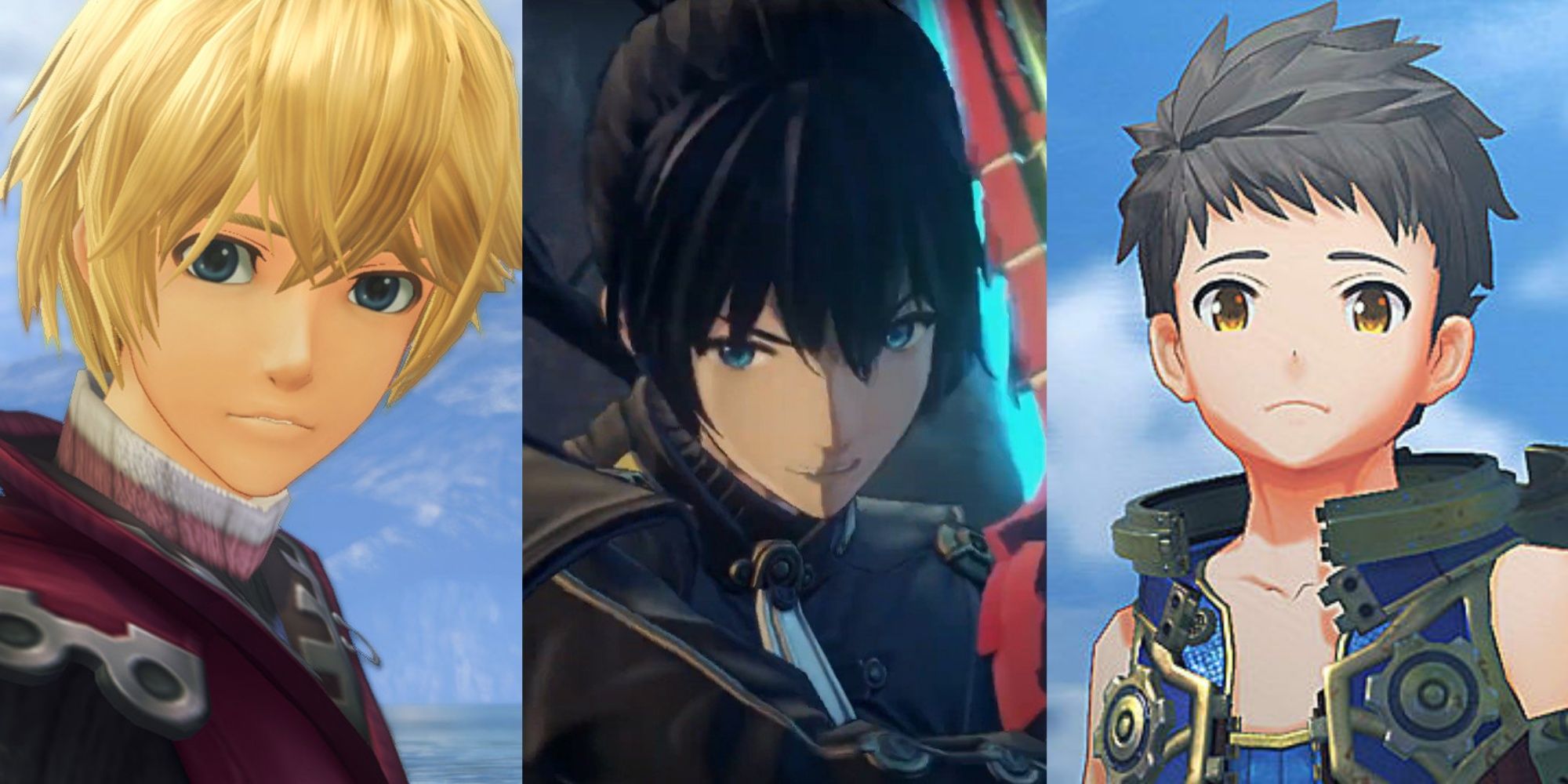
Related
Every Xenoblade Chronicles Protagonist, Ranked
Across main games and DLC, there have been several protagonists in the Xenoblade Chronicles series, but who is the best?
Licensing issues galore, and overarching creative decisions besides, keep Xenogears, Xenosaga, and Xenoblade from intersecting in legally-sanctioned fashion. But there are so many nods, so many recurring motifs, and, well, there’s also the prefix in every title.
Is it a series? We’ll change our answer to yes.
8
Xenosaga Episode II: Jenseits Von Gut Und Bose
There’s an alternate universe out there where series creator Tetsuya Takahashi and his co-writer spouse Soraya Saga maintained firm control over the Xenosaga IP following the launch of Episode I. We don’t live in that universe, and thus, we got a very different video game in Xenosaga Episode II.
It’s ironic that one of the development team’s stated goals with Episode II was to simplify the battle system, because the result of their efforts is something that isn’t just needlessly slow – building “Stock” for your party members requires multiple turns and is necessary to inflict highly important damage-heightening effects on foes like Break and Down – but it’s also complicated enough that plenty of players never quite got the hang of it.
The end result is fights taking twice or even thrice as long as they might have, even when they’re pretty slow to begin with. If you go into battles with the intent of chipping away at HP pools without tapping into this mechanic, do yourself a favor and make a sandwich in the meantime.
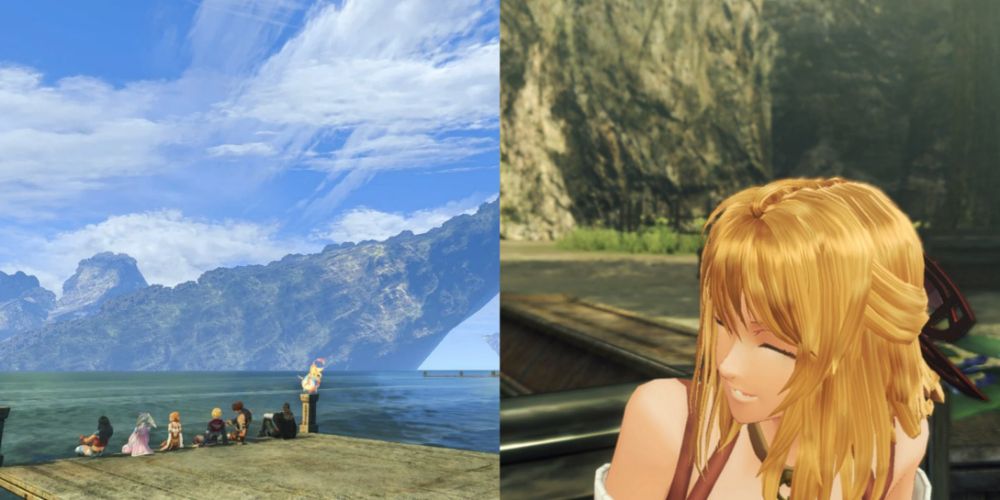
Related
8 Most Heartwarming Moments In Xenoblade Chronicles: Definitive Edition
These moments will bring a tear to your eye, but in a good way.
The story, which is adapted from a script by Takahashi and Saga but condensed and purposefully simplified, does have its moments. But they’re few and far between, and between several changes in the English voice cast between the first and second installments, a massively revamped character art style that went from Episode I’s generally pleasantly anime-esque presentation to oddly stiff “realistic” depictions, and some truly terrible audio mixing, there’s just not a love to love.
There are, however, notable bright spots. The excellent Yuki Kajiura’s cutscene-only soundtrack soars, even as the gameplay tracks provided by another musician don’t quite hold a candle by comparison. The E.S. units, Xenosaga Episode II’s mechs, look great. There’s a scattering of solid side quests, and everything involving the tragic interpersonal turmoil between Rubedo and Albedo is fantastic. It just doesn’t save this game from an overarching sense of mediocrity.
7
Xenosaga Episode I: Der Wille Zur Macht
With all possibilities for transforming Xenogears into a full-fledged franchise firmly in the rearview mirror, Tetsuya Takahashi teamed up with several other industry professionals to form Monolith Soft. At the time, Monolith Soft was owned by Namco (now Bandai Namco), and you may also know it for the Baten Kaitos duology. But we’re here to talk about their big-budget declaration that a little thing like no plans for a sequel wasn’t going to stop the “Xeno” prefix from moving forward.
Xenosaga Episode I: Der Wille zur Macht launched in Japan on February 28, 2002. It took three days shy of a full year to reach the North American market, and it, er, never showed up in other markets (which didn’t exactly help Xenosaga Episode II perform adequately well in Europe when that game was published there). In any case, Episode I marked the start of a new era, an era which, initially, intended to span six games and multiple time periods. This number would, of course, be trimmed to three; but you can see that six-game ambition on full display here.
5:11
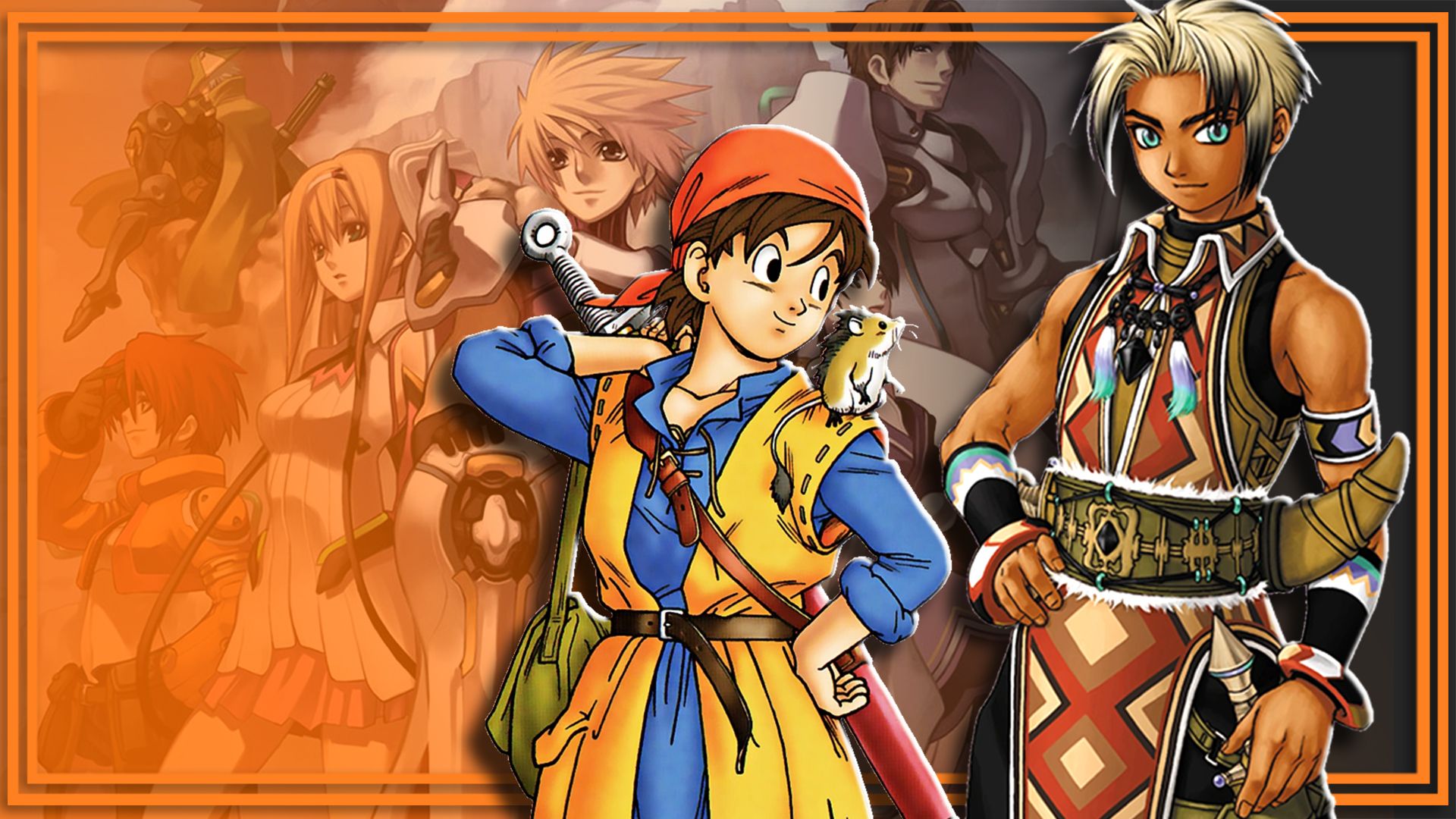
Related
Two-Decade-Old JRPGs That Still Hold Up
These games may be going through their twenties right now, but they still hold up pretty well.
The cutscenes are lush and almost overwhelming in number. Frankly, the sheer volume of them is arguably the single biggest turnoff that many players experienced at the time. “This is a movie,” some proclaimed. There’s actually quite a bit of gameplay involved! A battle system that evolved from Xenogears’ non-mech combat, expanding nearly every mechanic meaningfully. Dungeons with on-screen enemies (notably nixing random encounters!) and interactive environmental hazards. Multiple mini-games, including a mech action arena and poker!
Yasunori Mitsuda partnered up with Tetsuya Takahashi again for the full soundtrack, which contains some of Mitsuda-san’s best work… albeit with a heavy asterisk: save for the very last fight, there is only ever a single battle theme. No matter the occasion, no matter the narrative weight, it’s just the one song. Wild.
Xenosaga Episode I had the hefty job of introducing a sprawling space opera JRPG universe, and it did so passably well. You can kind of tell a lot of planned story content was cut to port over to the sequel. It’s short by JRPG standards (though still longer than Episode II). Xenogears’ titular Gears are replaced with robots that are glorified summon spells, the script meanders as often as otherwise, level design is pretty uninspired, and so much is vaguely touched-upon but left unexplained. Just the same? Solid enough start.
6
Xenoblade Chronicles 2
The third game in the Xenoblade Chronicles series, though you wouldn’t know it just looking at its title, Xenoblade Chronicles 2 burst onto the scene late into the Nintendo Switch’s launch year. The game promises a return to a longer and script-heavier main storyline akin to Xenoblade Chronicles and eschewed in Xenoblade Chronicles X. There’s a fresh cast of plucky heroes from all walks of life, each of whom gets strong character work. And, most importantly, Xenoblade Chronicles 2 is set in the same canon as the first game. Uh, more or less.
Basically, what we’re saying here is that the “2” in the name denotes a direct connection to the original Xenoblade rather than the Wii U entry. Those who treasured Shulk’s heroic quest across Bionis and Mechonis would feel like they’ve come home to another gallant tale as soon as they meet Rex and Pyra. We’d argue that didn’t quite happen, but it’s close enough.
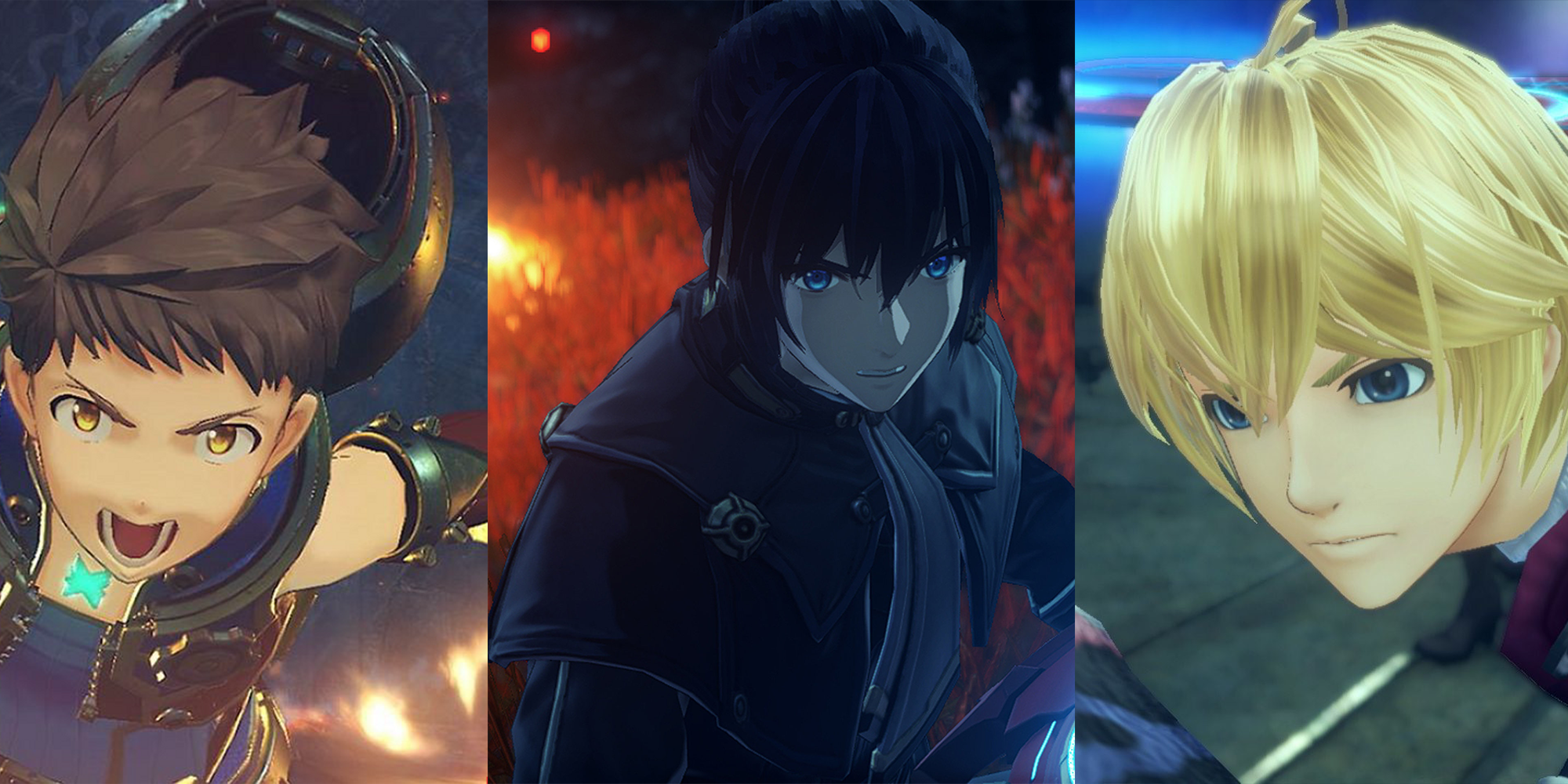
Related
The 7 Biggest Differences Between Xenoblade Chronicles 3 And Its Predecessors
Xenoblade Chronicles 3 follows in the footsteps of its predecessors, but it changes things up too.
Xenoblade Chronicles 2 has a notably lighter, more humor-seeking tone than its predecessor(s). There are heaps of melodramatic moments, to be sure. There’s also substantially more time spent attempting to endear this cast to players with comedic antics that work about as often as they don’t. These tidbits can undercut the gravitas of a scene, especially when Tora, the genius Nopon inventor, starts talking about maid fetishes. Yeah. Tack on a specific chapter that feels perilously close to “anime filler”, and there are some sore spots in this game.
The gacha-like Blade acquisition system is another controversial angle. Don’t worry, you don’t spend real-world money. But grinding for Cores only to repeatedly fail to acquire the characters you want the most just isn’t a great feeling.
Don’t let that dissuade you from giving Xenoblade Chronicles 2 a shot. There is a lot to love here. The journeys this team takes across the several lumbering Titans of the world who swim through a sea of clouds afford Monolith Soft every opportunity to dazzle with the studio’s first-class art design. It’s nothing quite so genre-defining as the open world in Xenoblade Chronicles X, but it’s on-par with Xenoblade Chronicles’ environments, and that’s still enough to blow us away in spades.
The battle system is infamous, or perhaps it’s fairer to say that the game’s terrible tutorials are infamous. Xenoblade Chronicles 2 throws a lot of mechanics at the player, and most aren’t explained well enough by half, thus leading to frustration and sometimes downright game-dropping. Unlike Xenosaga Episode II, however, Xenoblade Chronicles 2’s system is rad at its core. You’ll just want to look things up online, trust us.
Whatever you do, don’t skip the expansion, Torna: The Golden Country. Do. Not. Skip. It!
5
Xenoblade Chronicles X
Monolith Soft had already proven their art design to be stellar with Xenoblade Chronicles, but for the 2014 Wii U follow-up, the developer opted to go with a fully open-world experience. The setting, the alien planet of Mira, and the ability to pilot Skrells – awesome mechs! – to every corner of the map, meant the studio had its work cut out for it.
What’s the verdict? Every time we think about Mira, we lament that the game was tied to the Wii U. Not because the console’s relative lack of horsepower lets it down – it doesn’t! – but because the game was destined never to be half as financially successful as it deserves. Xenoblade Chronicles X is stunning. Thank goodness, then, that it’s slated to be remastered on Nintendo Switch in a few months!
4:05
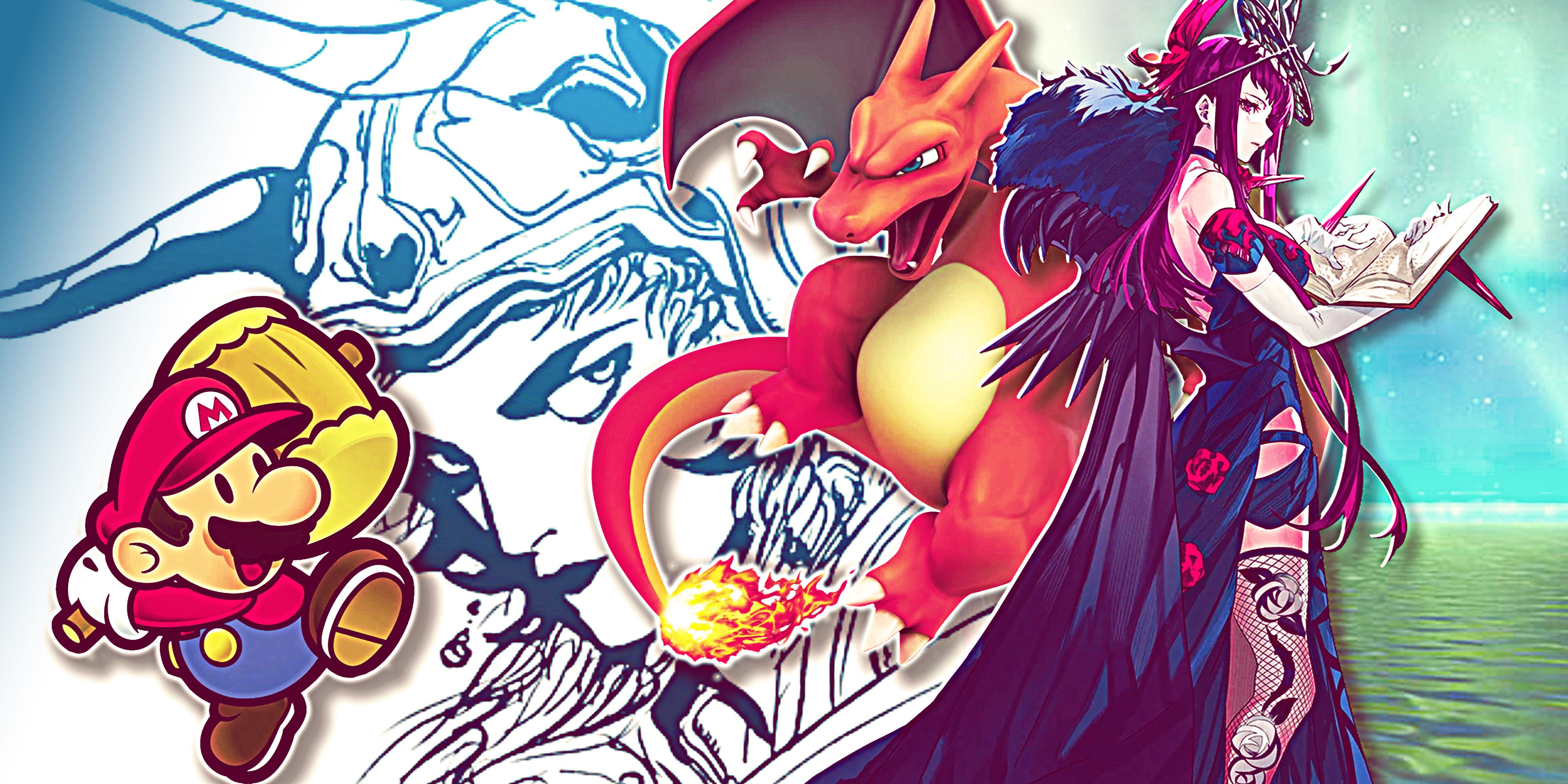
Related
Having enjoyable combat in a lengthy JRPG can be the difference between finishing the game and not. Here are best combat systems of the genre.
Online co-op missions were included for this game which could be enjoyed for many years past the Wii U’s premature expiration date. Alas, with the recent shuttering of the console’s online services, that ended. But the upcoming remaster will restore them – woo!
In Xenoblade Chronicles X, the protagonist belongs to the crew of a starship whose population sets about colonizing a corner of Mira following the destruction of Earth by a hostile alien race. The main questline is shorter than any Xeno game before or since, which is a bummer, but its relative brevity works well for the more heavily exploration-centric design ethos. We’re not thrilled that the protagonist is a blank-slate and silent avatar (accommodation for the online angle). Thankfully, the major character Elma largely makes up for it.
Xenoblade Chronicles X is, in so many ways, unlike any other chapter in the Xeno metaseries. Be aware going into it that there’s a post-credits scene which still has yet to be followed up on; but the reveal trailer for Xenoblade Chronicles X: Definitive Edition hinted at some form of continuation. Whether that’s an in-game wrap-up epilogue episode, or something which links it together with further Xenoblade projects past and/or future, we don’t yet know!
4
Xenosaga Episode III: Also Sprach Zarathustra
Pardon our lower-quality image for this one, but much like the game itself, excellent screenshots for Xenosaga Episode III are a bit tough to find. Indeed, Xenosaga’s trilogy-capper frequently goes for exorbitant sums online, and we’re hardly surprised; Namco didn’t exactly print a ton of copies. After the relative financial disappointment of Episode II, which sealed the deal on Episode III needing to wrap things up or go home trying, Also Sprach Zarathustra was destined to become a collector’s item.
Yet what a collector’s item it is. In almost every respect, Xenosaga goes out on its highest note. The story is nonstop bangers – that’s what happens when your writers need to get it all out there for good and all. Almost every major cast member, including those who have been given ample growth in past installments, has plenty to do in Episode III. The game deftly balances its necessary exposition dumps and climactic arc-enders with keen character work. And the music! Whew, giving Yuki Kajiura full reins of the soundtrack led to sheer splendor.
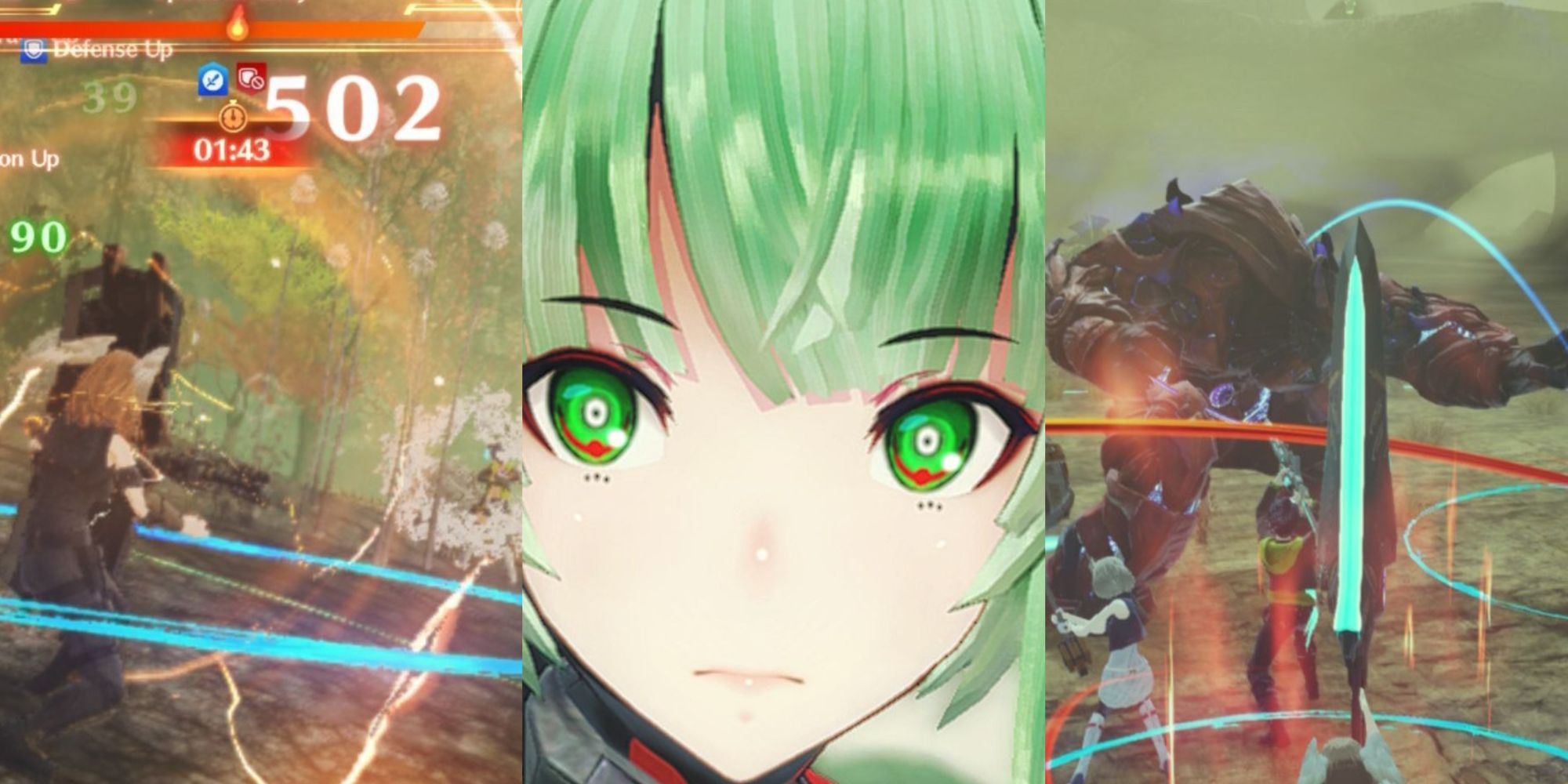
Related
Xenoblade Chronicles 3: Every Defender Talent Art, Ranked
This ranking will help you choose the best Defender Talent Art to use to block out Moebius in Xenoblade Chronicles 3.
The battle system, much like the art style, combines elements of both predecessors to forge a remarkably cohesive end result. If we have one chief critique, it’s that the game is perhaps too easy for its own good. There are mechanics in place that you’ll seldom use as a result. This is hardly a unique issue in RPGs, but it’s a bit of a bummer. Still, neither the on-foot action nor the mech battles are done poorly; it’s a balancing act that we can respect, especially when it ditches Episode II’s slowest and most cumbersome concepts.
Quibbles do abound. Xenosaga Episode III was never going to successfully tie up every single thing without a little heavy lifting from elsewhere, and so there are two key tie-ins which fans must familiarize themselves with in order to get a complete grasp of the situation. The first is Xenosaga: Pied Piper, a now-defunct mobile phone game that covers the cyborg Ziggy’s past to set him up for a confrontation with his vicious rival in Episode III. The second, “A Missing Year”, is a story that details the events between Episodes II and III.
Neither of these have ever been officially translated into English, but the fandom has our back. You’ll want to look them both up before diving into Episode III if you yearn for a full comprehension of the overarching narrative.
There are also some fairly obvious budget cuts involved. For the first time in the trilogy, many scenes are given the conventional “text box treatment” wherein characters stand around with less detailed and consistent animation than they would in a cutscene, their dialogue confined to, well, boxes on the screen. It’s hardly a dealbreaker – indeed, it’s consistent with so many other games – but when Xenosaga Episode I’s most impressive trait was its sky-high cutscene runtime, it’s a bit of a letdown.
When the cutscenes do come in – and they’re still plentiful enough – Xenosaga Episode III makes the most of them, lending all the necessary weight to give Shion Uzuki, KOS-MOS, Rubedo, and all their allies and enemies a more epic conclusion than a truncated video game series might have received with a development team less committed to nailing the ending.
3
Xenoblade Chronicles 3
From the moment Nintendo revealed Xenoblade Chronicles 3 with two characters playing a melancholy flute duet, we knew we were in for something special. Something more somber than past games. Something sadder, perhaps. Learning that the characters, Noah and Mio, are performing an ode to the dead on both sides of an endless war only cemented it. And learning, also, that the myriad soldiers of this war always die no more than ten years into their fleeting existence, well, cemented the cement.
Xenoblade Chronicles 3 is the most character-centric tale in the series. It charts the combined course of three soldiers on each side who come together in a desperate bid to end the tyrannical reign of Ouroboros, the overseers who ensure that the neverending conflict is not led astray. Mio is the closest to her fated death, which adds yet another layer of sorrow to the whole affair. It’s a shame that Xenoblade Chronicles 3’s climactic stages are somewhat weaker than they ought to have been, but the journey at-large makes up for this shortcoming.
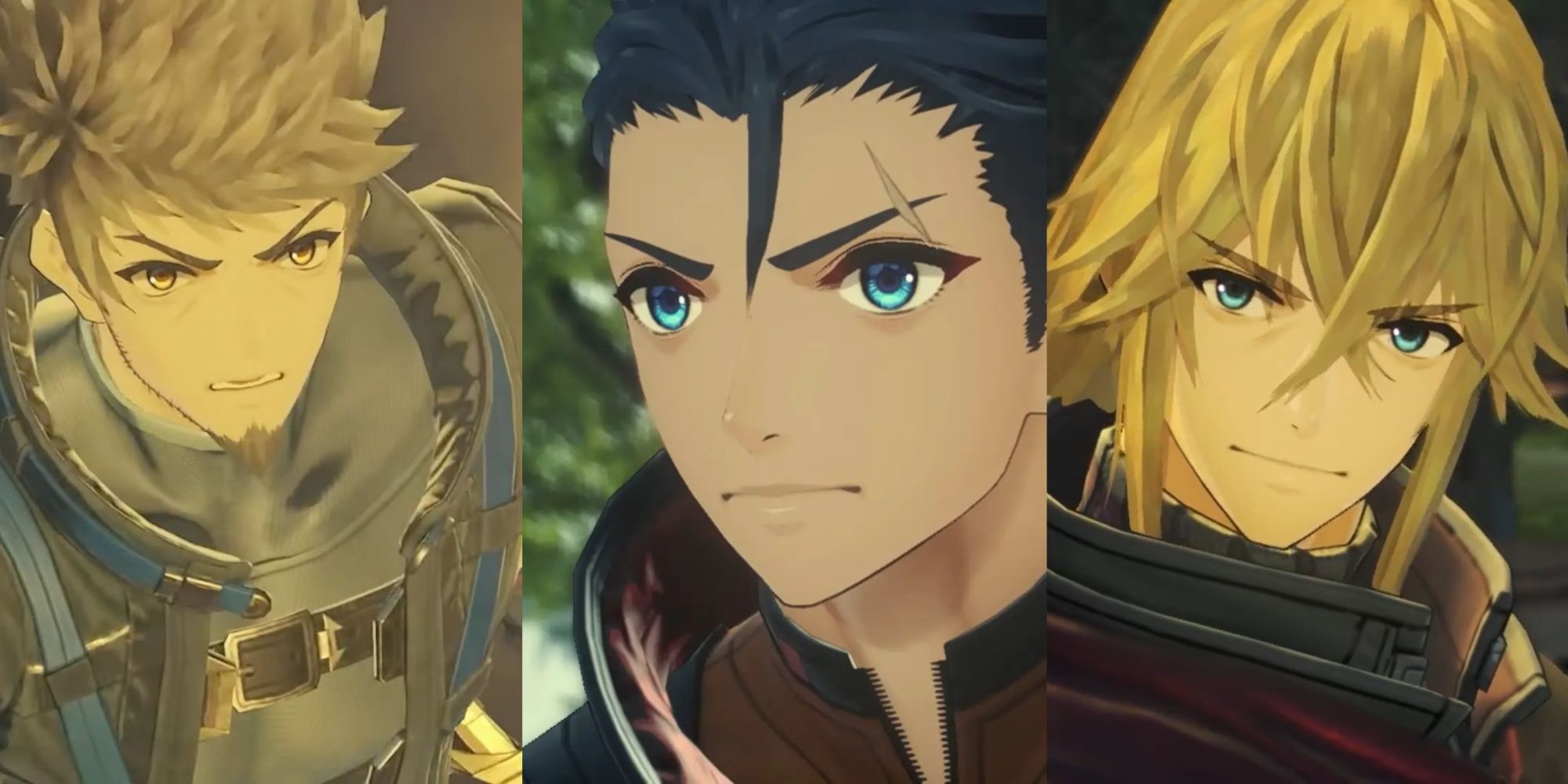
Related
Xenoblade Chronicles 3: Future Redeemed – Every Party Member, Ranked
Here are the best party members of Xenoblade Chronicles 3: Future Redeemed!
As the heroes’ hope of a better future slowly galvanizes, and the rich sci-fi connections to the first two games in the (numbered) Xenoblade Chronicles series are revealed, Xenoblade Chronicles 3 deftly reveals its hand as a grand finale to an arc that spanned from 2010 to 2022.
Or 2023, if we’re counting the excellent Future Redeemed expansion. Which we should. We very much should.
With a battle system that, remarkably, brings the entire six-person party into the action every time, plus a seventh party member from a rotatable stock of guest characters, Xenoblade Chronicles 3 can rightly be labeled a touch too frantic for its own good. The interchangeable classes for the squad can lend an unfortunate sense of sameness at times. The combat’s beating heart is as strong as ever in this series, however, if not even stronger.
Truly, Xenoblade Chronicles 3 is more than the sum of its parts. So much more that it secures this lofty spot on our list with ease. All the more pressure on the top two picks, then…
2
Xenogears
“Stand tall and shake the heavens.” It’s on the back of the box. It’s one of those sentences that lifelong Xenogears fans cannot forget. 1998 was an incredible year for gaming in so many ways, but in the wake of 1997’s Final Fantasy 7, it was also the beginning of a deluge of JRPGs, especially from Square. Xenogears was unlike any of them. With a setting that spans millennia and is bolstered by so much worldbuilding that there’s a full-length compendium tie-in book to bring it all together, this game numbers among the most ambitious ever made.
As anyone who’s played it can tell you, that’s Xenogears greatest strength and its greatest weakness. Tetsuya Takahashi and his team of young upstarts made a valiant effort to fully realize this ambition, but nothing short of twice the development time could have made it happen. Instead, we’re left with a final product that is frequently rushed in the back half of its narrative, with almost painfully trite extended sequences of protagonists Fei Fong Wong and Elhaym van Houten seated on a chair explaining otherwise-unseen events presented in stillframe.
7:15
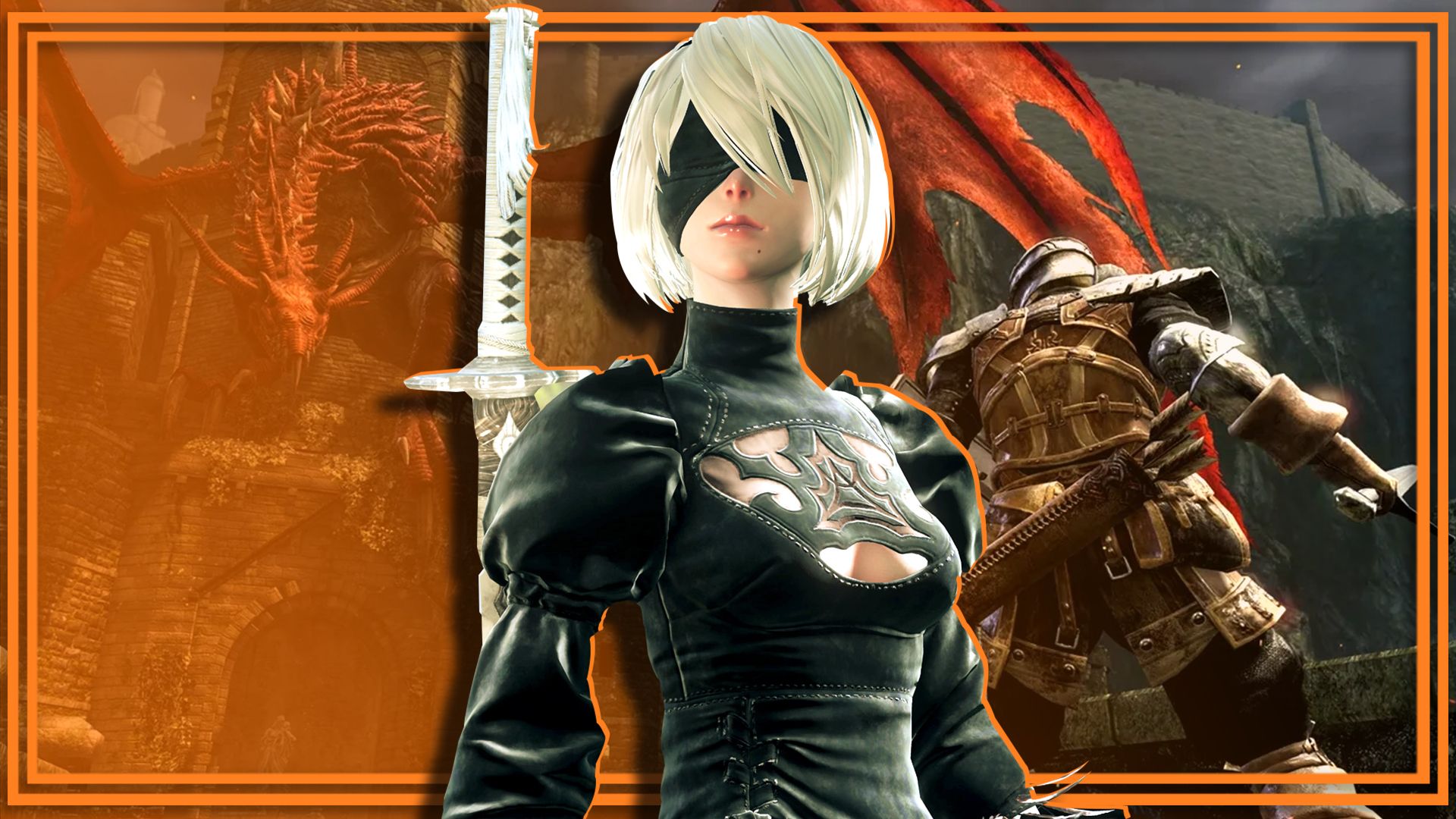
Related
10 Historically Important JRPGs
From Dragon Quest to Dark Souls, there are some of the most important JRPGs throughout the genre’s history.
If this was almost any other game ever made, it would be a crippling blow. Xenogears rises above the unfinished sum of its parts. Everything that happens on the first of its two discs is thoroughly represented, and it’s a fascinating case study in how to delicately balance a plot of epic proportions, a world that’s brimming with diverse cultures and lifeways, and a huge cast of heroes and villains alike.
Even the second disc packs in several dungeons and a more opened-up endgame, and while the rush job leaves a few party members grasping for leftover dialogue, Xenogears nevertheless succeeds in capping off all its main plot arcs with room to spare.
Combat is conducted with a singular battle system that splits into two very differing formats: characters fighting foes while building up AP for Deathblows or casting magic spells versus characters piloting the giant robots known as Gears while challenging enemy Gears or sizable enemies. The nuts and bolts of it all are hardly revolutionary, and Xenogears’ vast runtime can leave it all feeling old-hat before it’s over, but shuffling between these two styles keeps things feeling fresher than they otherwise would have.
With a beautiful soundtrack from Yasunori Mitsuda, even those late-game stillframe sequences can rise above their limitations to provide full-fledged emotional impact. And really, “rise above limitations” might as well be on the back of Xenogears’ box right beside that bit of heavens-shaking. The stumbles are understandable, if frustrating; the game withstands them, even thrives despite them, and has stood the test of time.
1
Xenoblade Chronicles
Xenoblade Chronicles probably doesn’t hit the insurmountable heights of Xenogears. But it doesn’t have to. It still tops our list thanks to one summarizing word: consistency. The world is spellbinding. The exploration of it was straight-up revolutionary back in 2010. The characters range from likable to lovable. The story is pristinely paced with no fewer than three back-half points that would handily feature as the ending in most other video games. The music, by Yasunori Mitsuda as well as a wide array of fellow composers, is an instant classic.
To think that all of this came about four short years after Xenosaga Episode III felt destined to be the closing act to the Xeno brand legacy. With sales having fallen off, and Nintendo buying out Monolith Soft, few could have imagined that Tetsuya Takahashi would strike back with such gusto, that Xeno would soon graduate from a niche-among-niches to a prefix with real staying power. Xenoblade Chronicles, the franchise, was born. Xeno, the metaseries, was born to an audience the size of which it had always deserved.
When Shulk inherits the power of a time-shifting sword called the Monado, he and friends are thrust into a revenge tale against a merciless mechanoid race that steadily morphs into a revelation-stacked plot of universe-saving proportions. It may strike you as slow and even borderline-uninteresting early on, but it’s deliberately-paced to build toward stellar second and third acts.
Yet even if, somehow, none of it quite lands for you, stay for the novelty of exploring a massively impressive world that takes place entirely on a pair of gargantuan kaiju. The biomes are diverse, and the level design is clever and engaging. How the heck did they make this work.
A real-time battle system not at all akin to Xenogears’ or Xenosaga’s could have been too big a paradigm shift, but it turns out better than its predecessors while charting a course for the future. We do kind of miss the whole “pilot mecha” thing, but hey, at least there’s Xenoblade Chronicles X. You may find yourself preferring either the stoic character designs of the original game on Wii and 3DS, or you may prefer the more overtly anime aesthetic of Definitive Edition on Switch; either way, the style nails its intention.
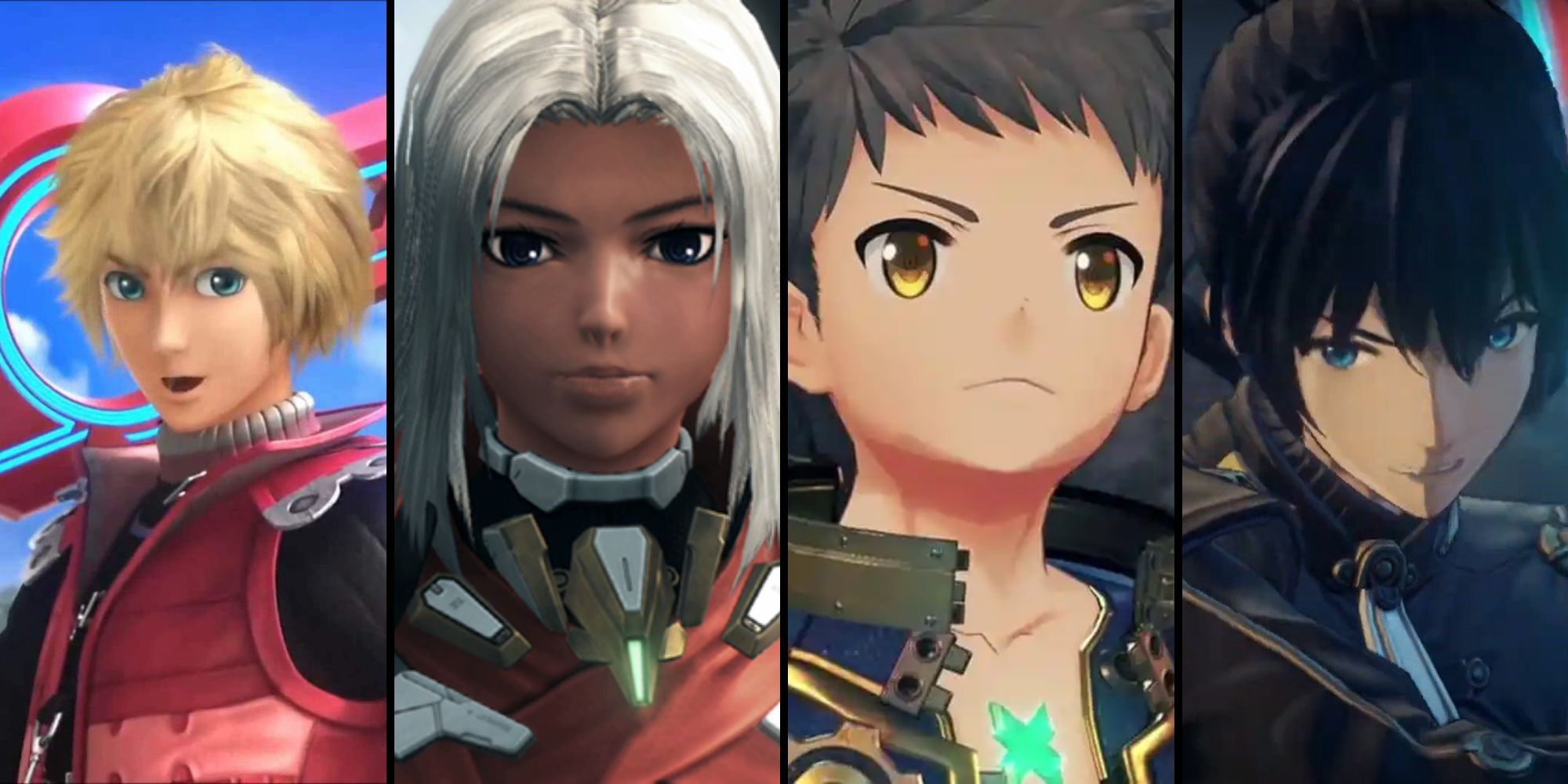
Next
Xenoblade Chronicles: Most Underrated Characters From The Series
Look out for these underrated Xenoblade Chronicles characters on your adventures.
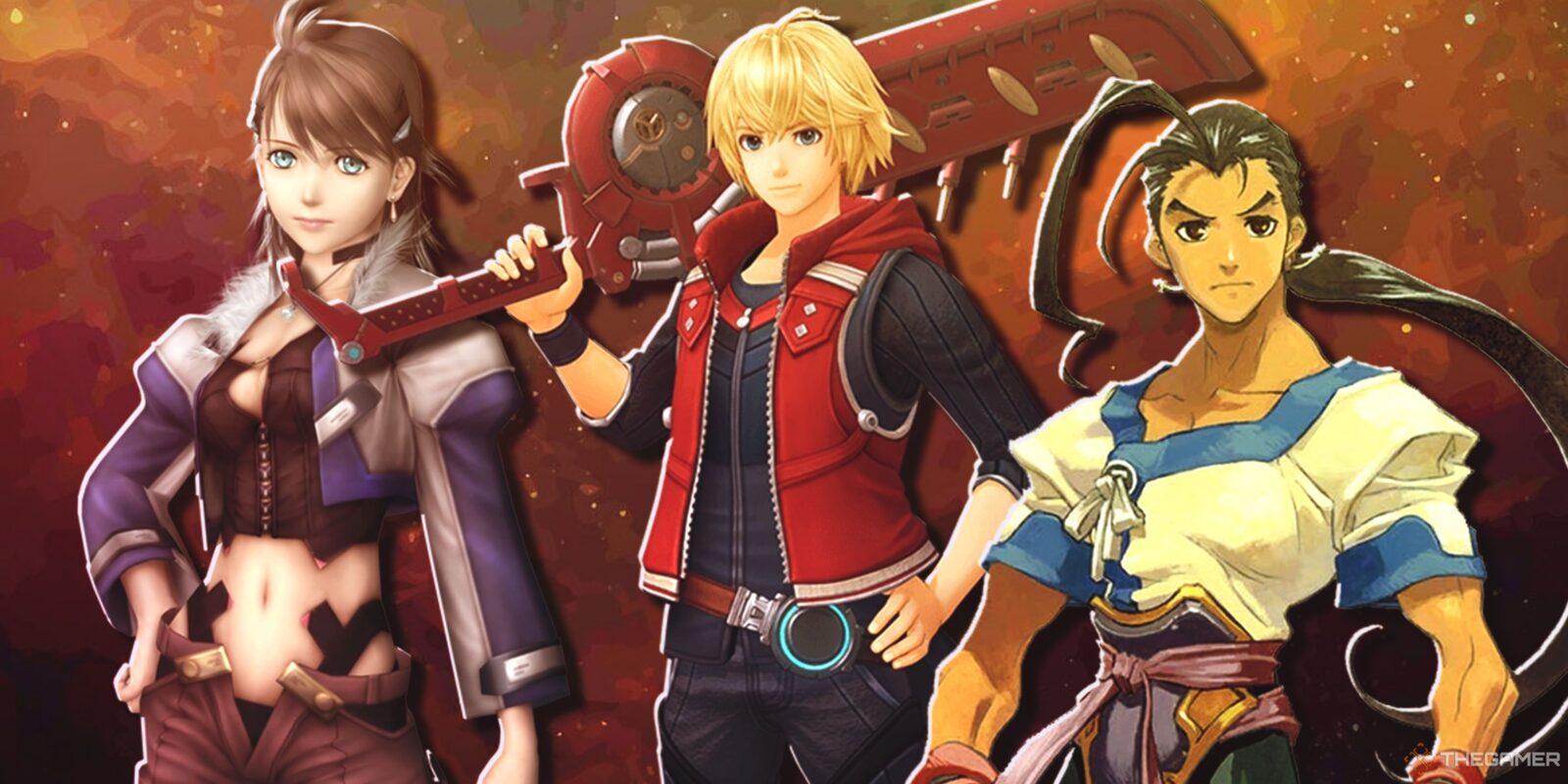

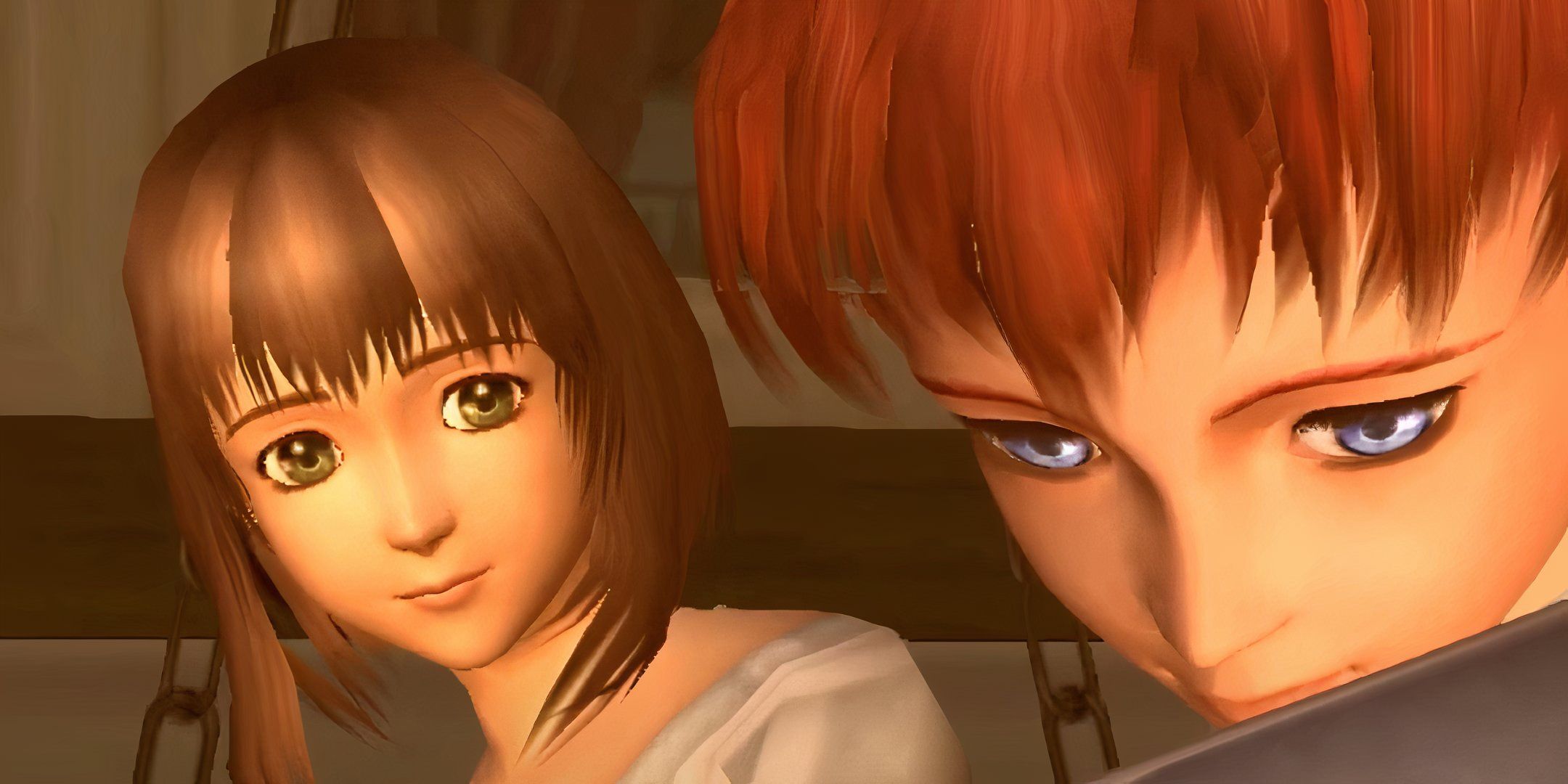
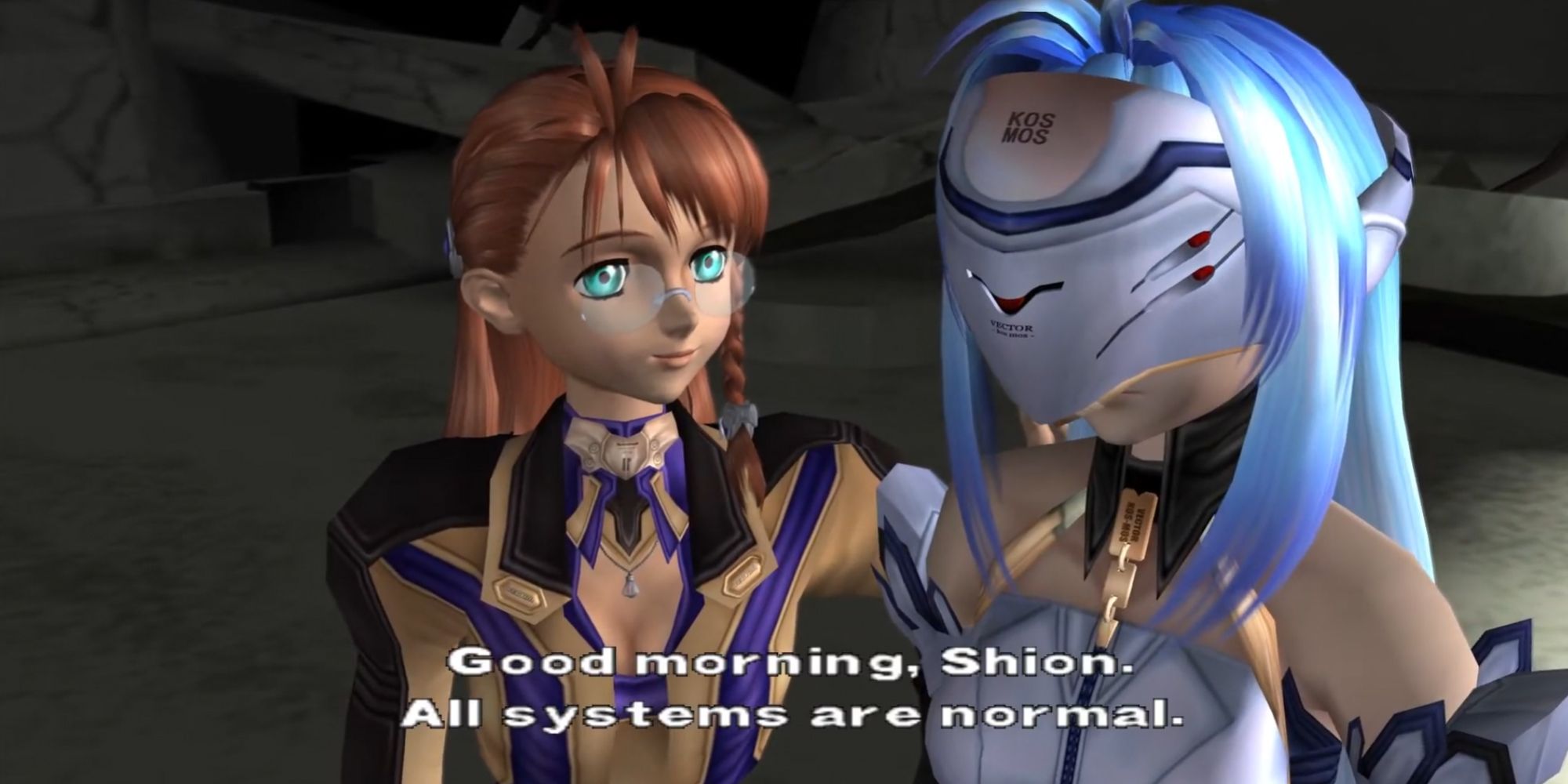
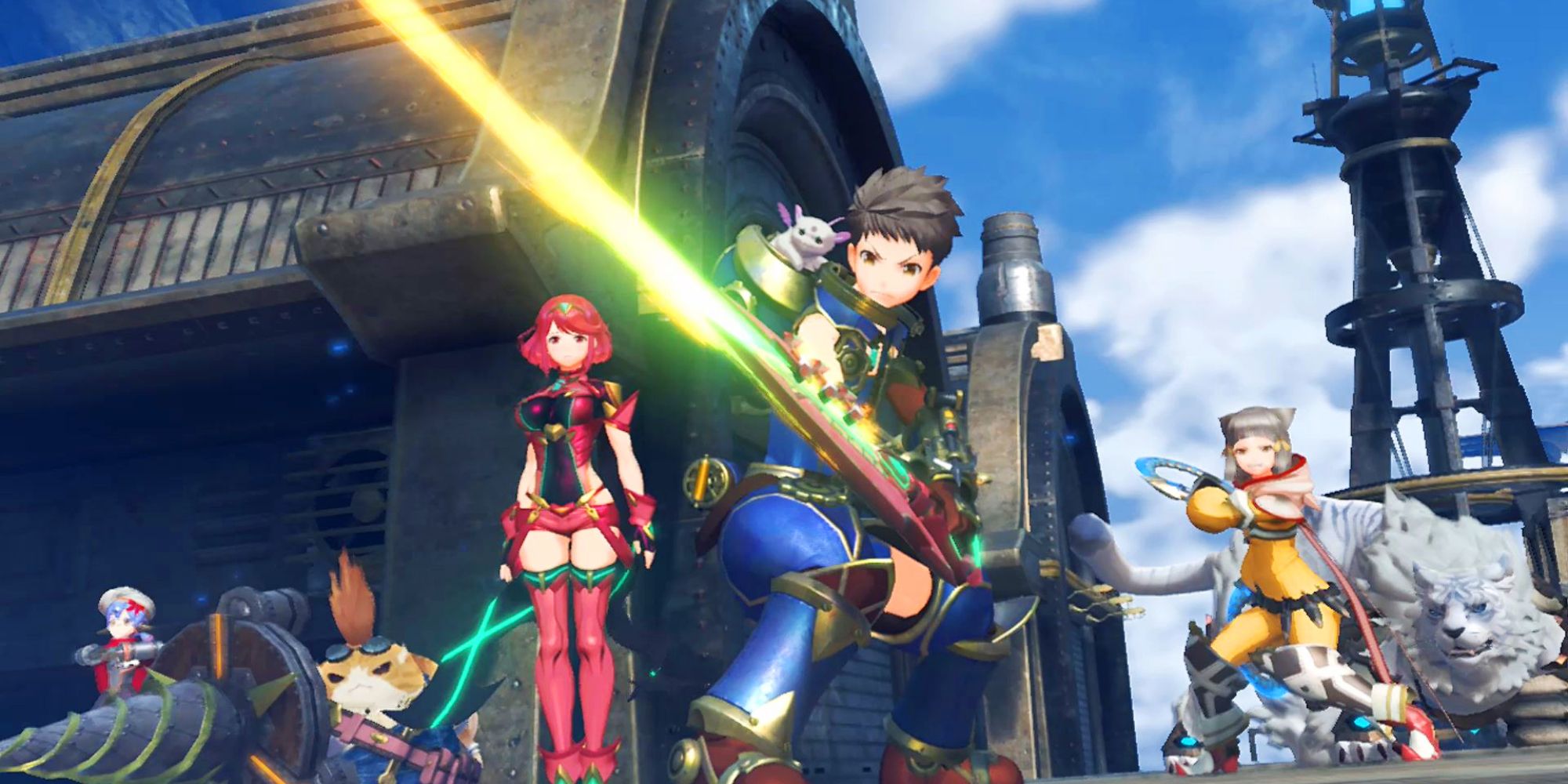
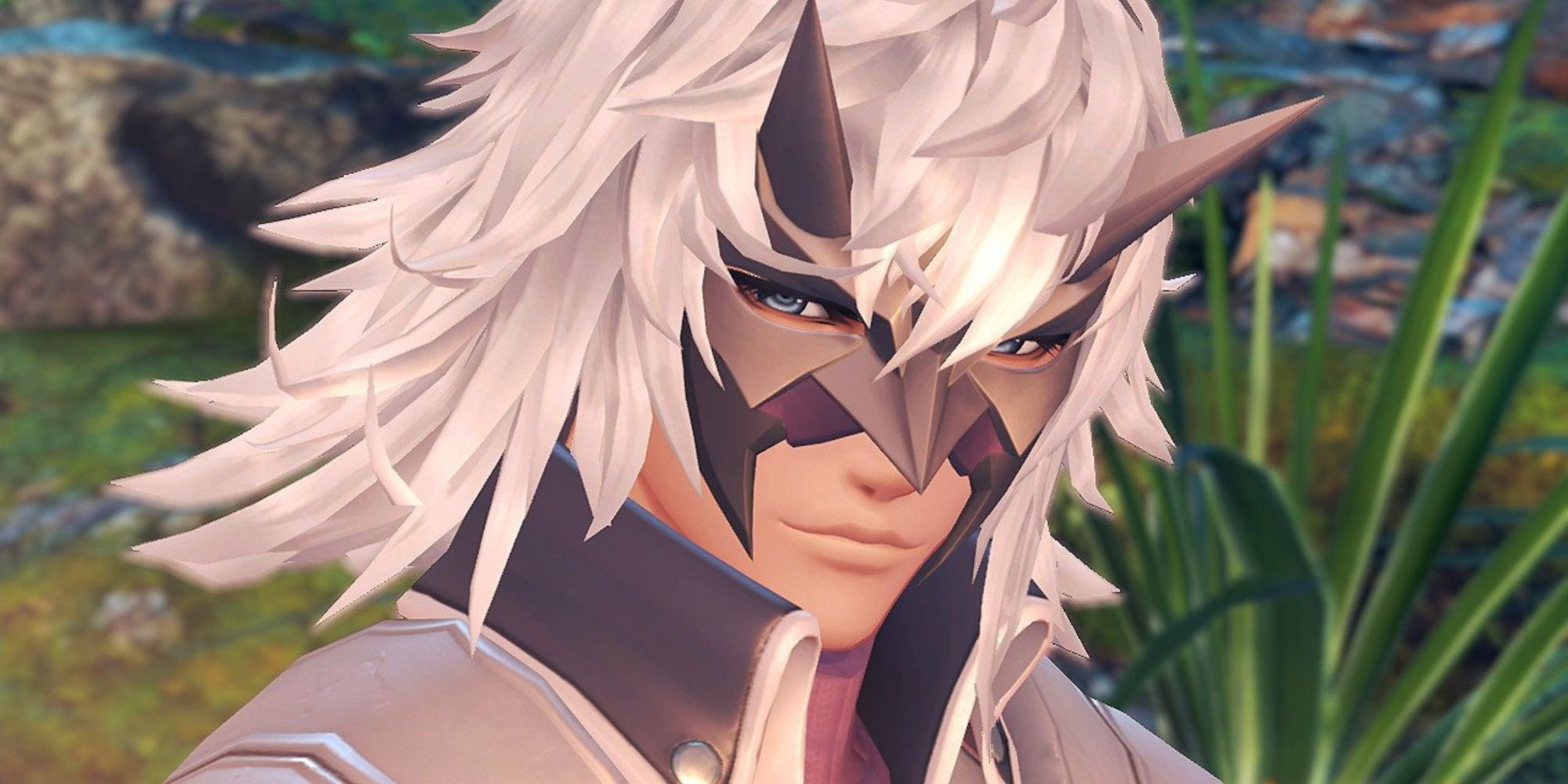
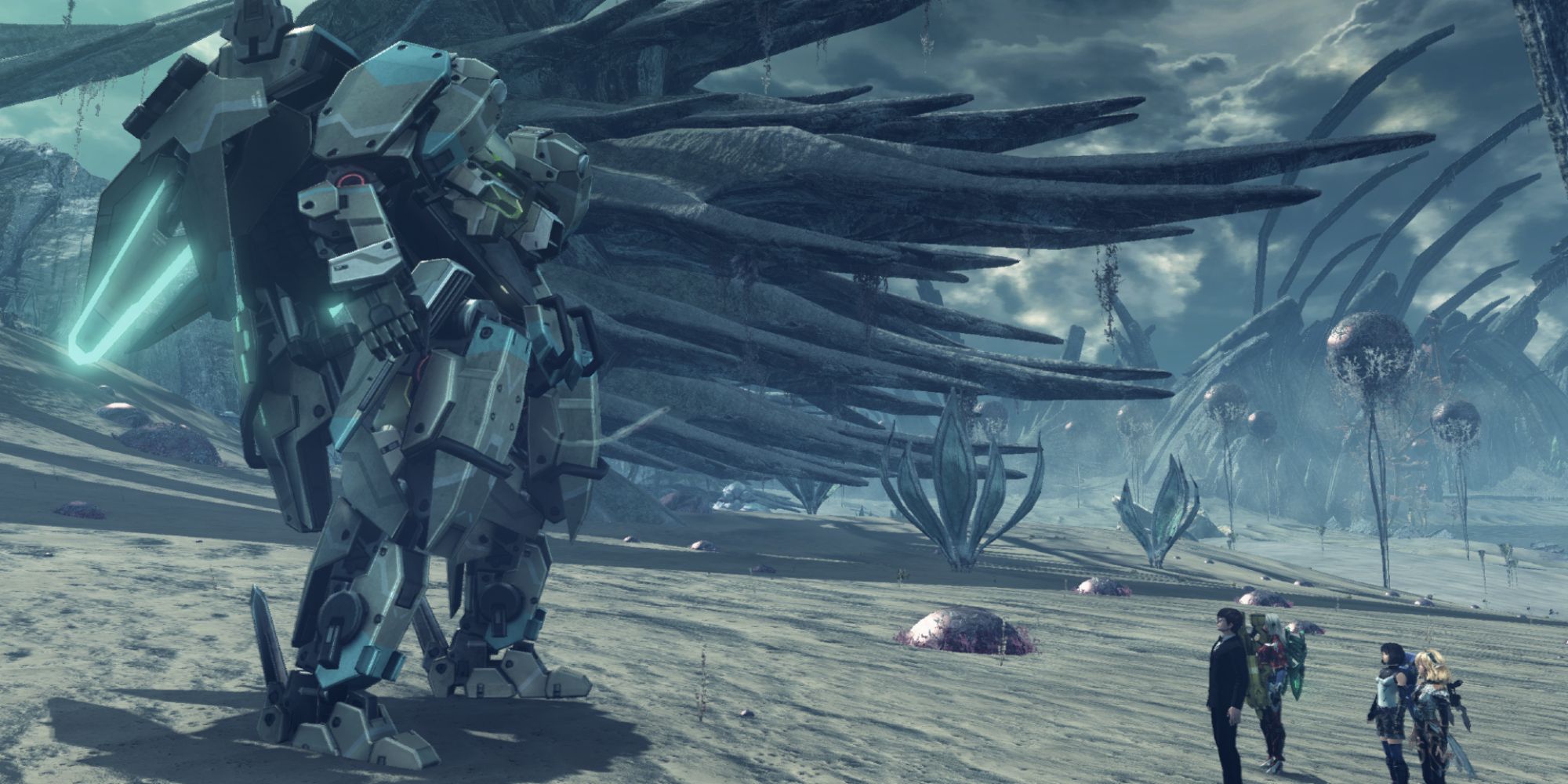
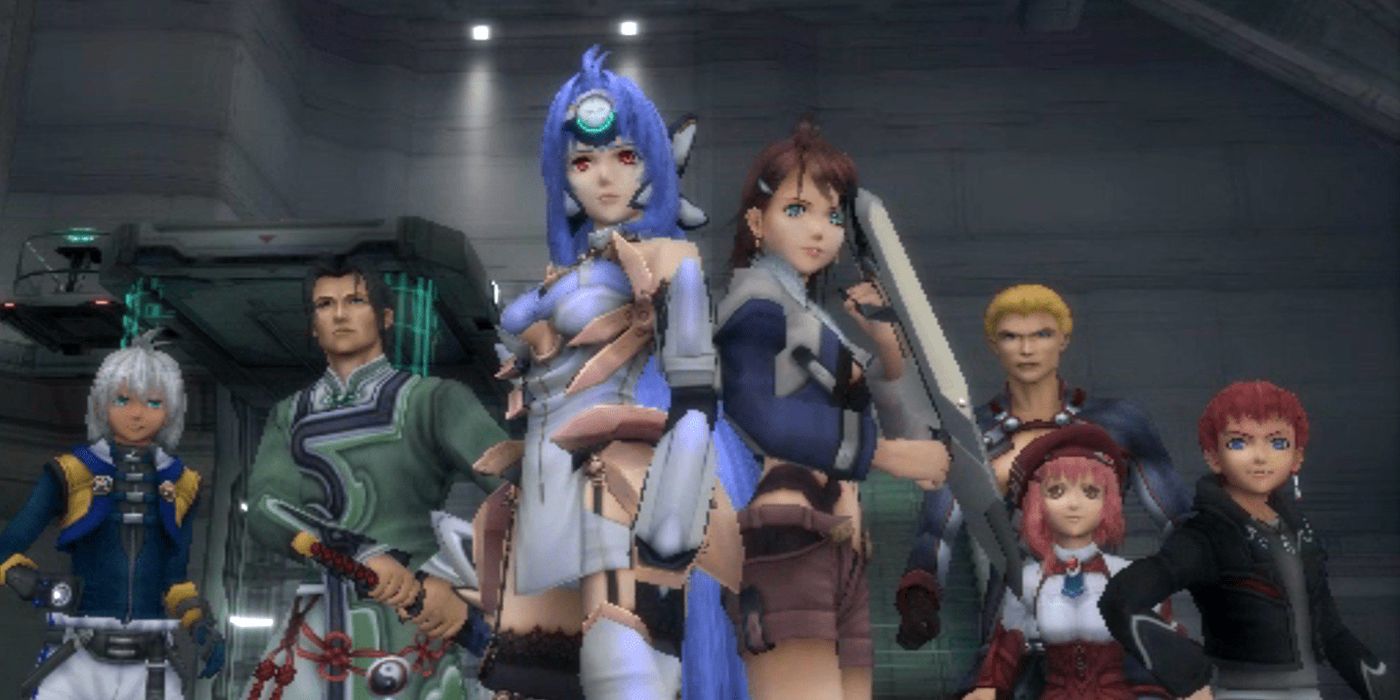
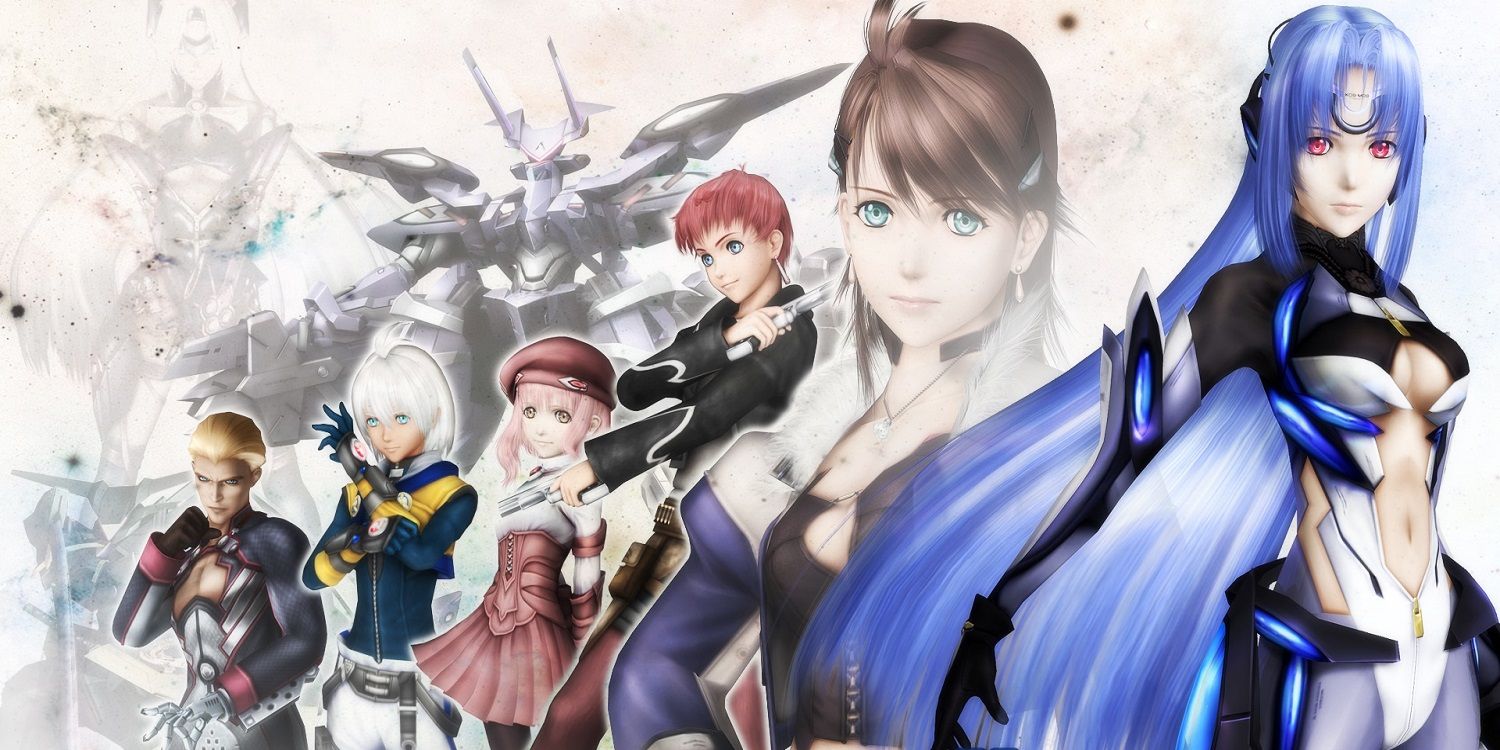
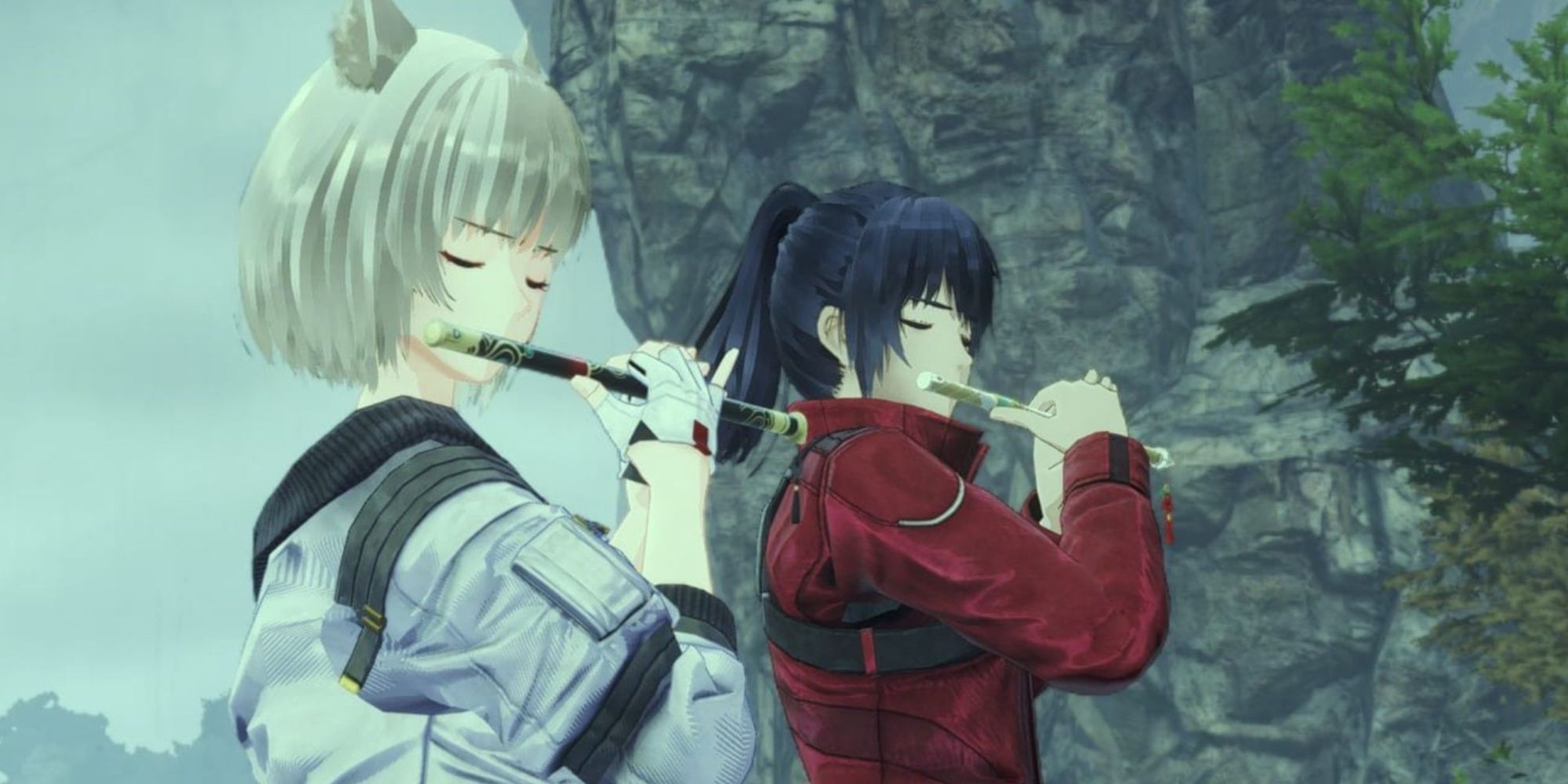
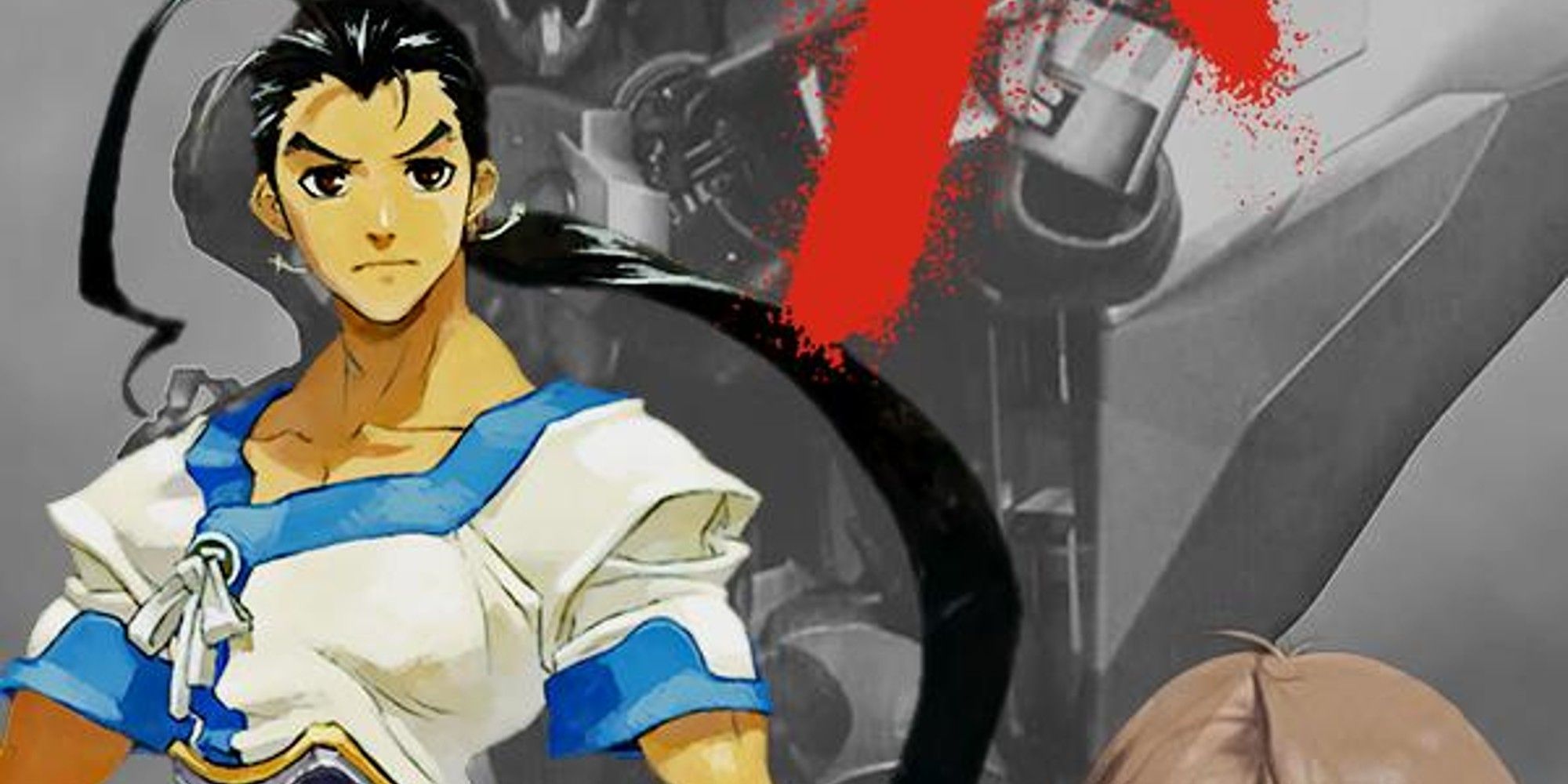
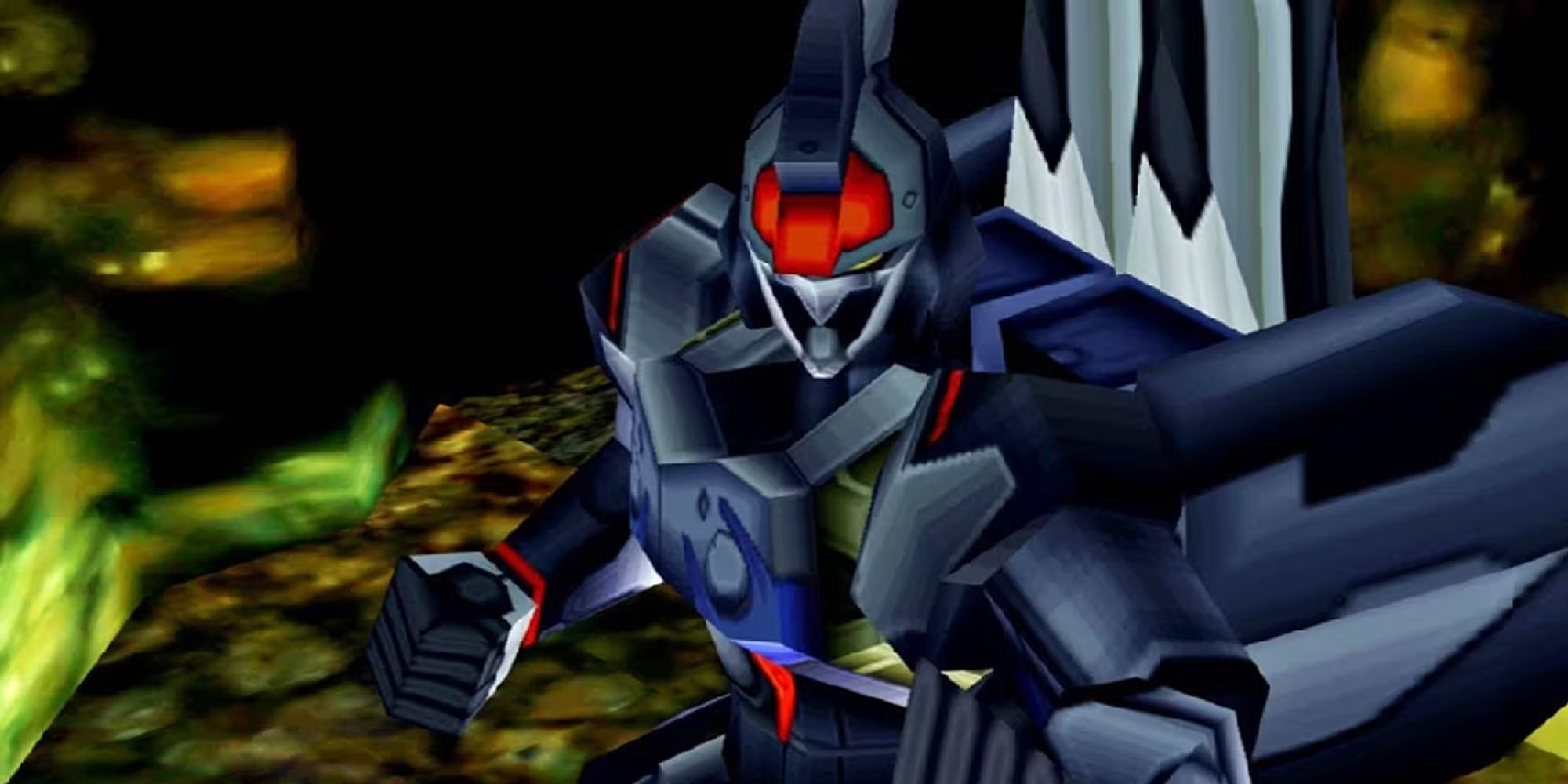
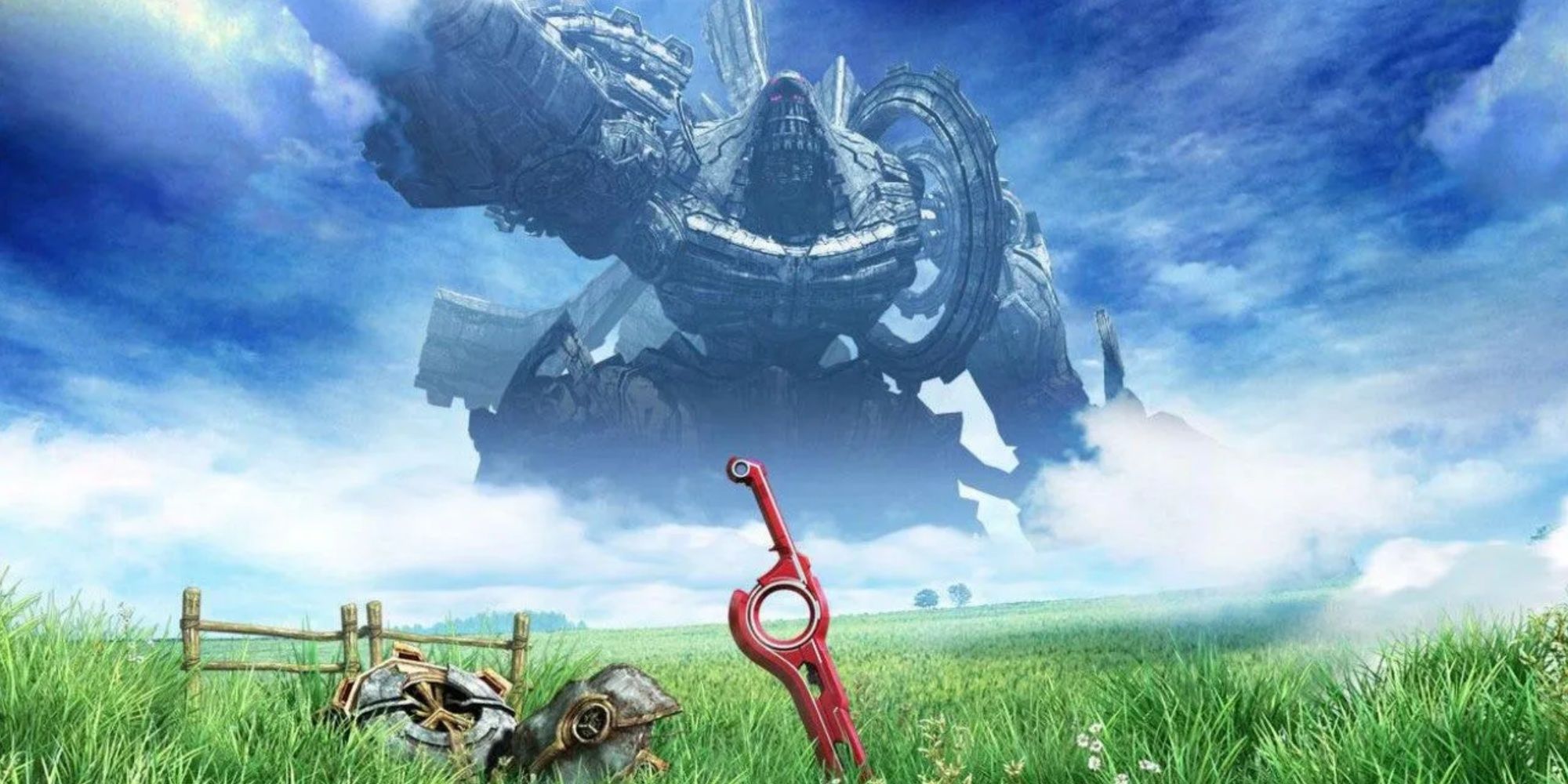
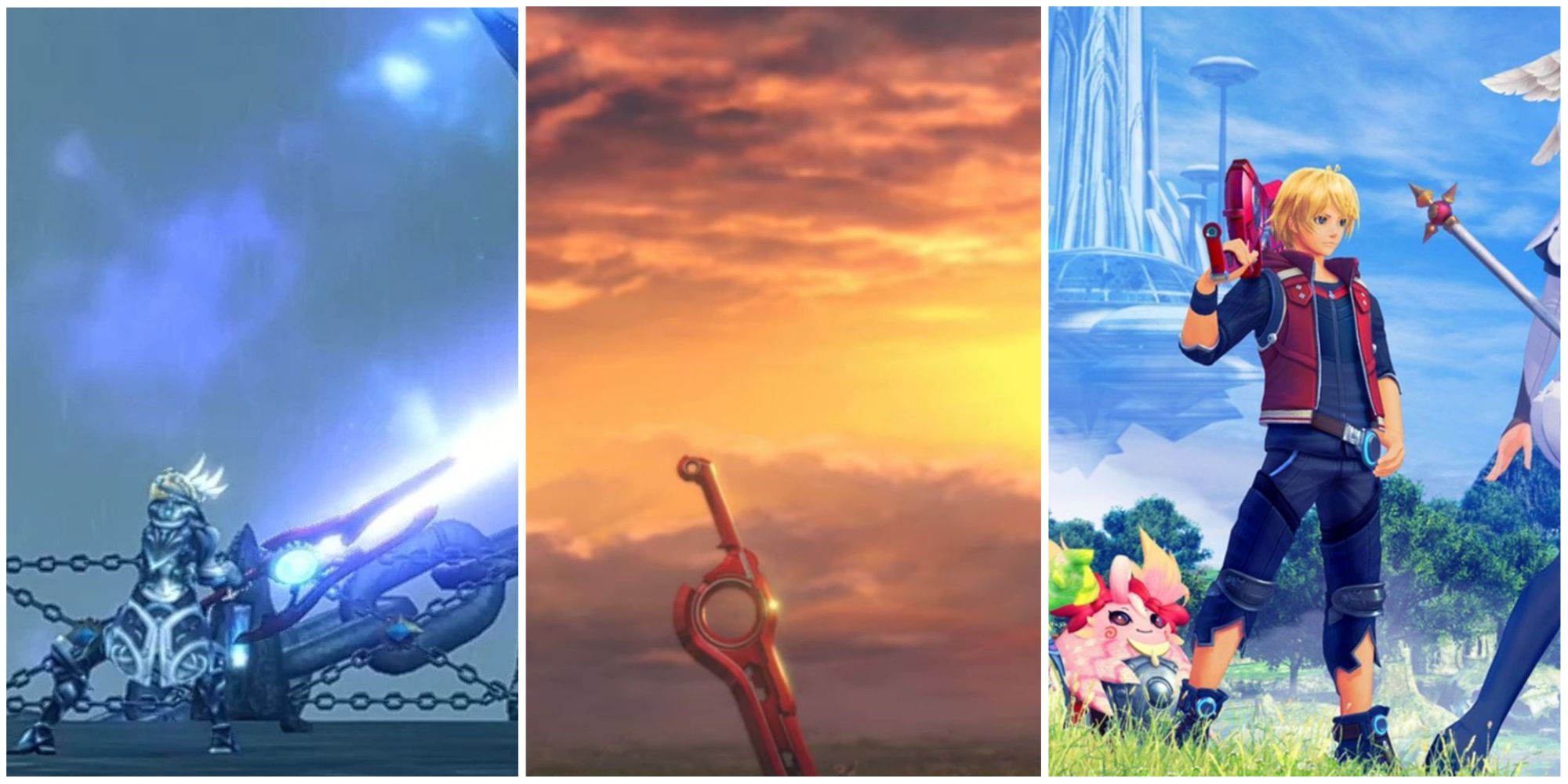
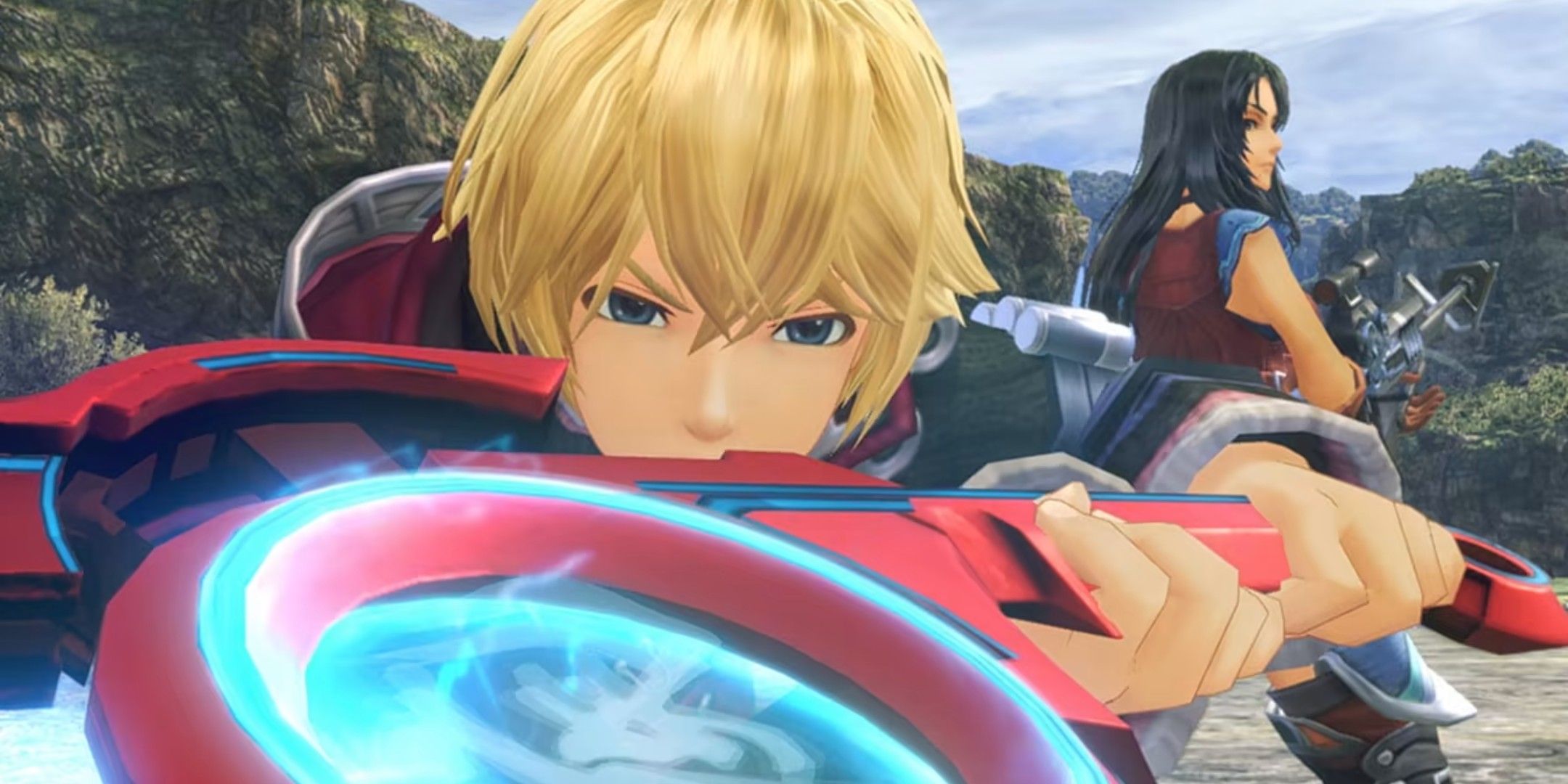
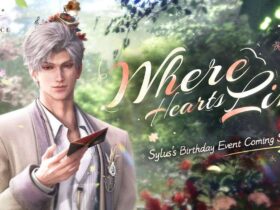
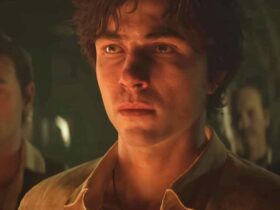

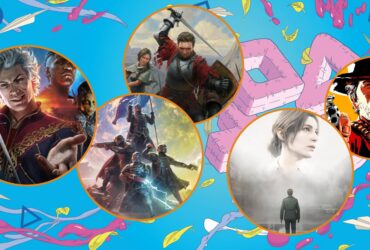
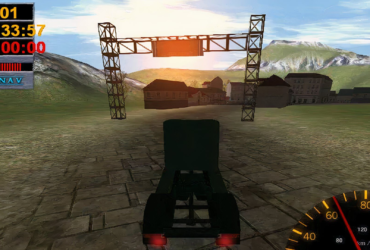
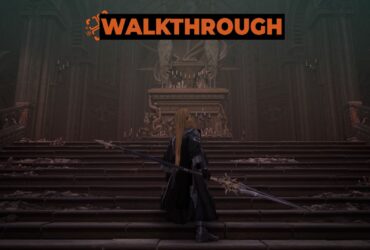
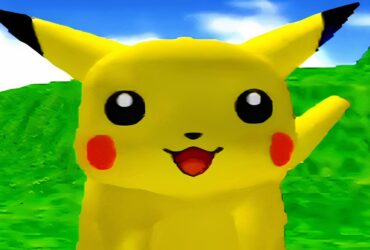

Leave a Reply